Today I want to talk about a buzz word you hear everywhere – “tight”. Before I get into why it is confusing, let me review flexibility and its importance. There are a lot of views as to what flexibility is; there are a lot of ways to work on your flexibility. I will cover how I define flexibility and review some of the major muscle groups which should be consistently stretched to maintain long term health. The best definition I’ve found for flexibility is the ability of your joints and/or muscles to move through their full range of motion (ROM). Moving through the full ROM will optimize the forces going through the joints and muscles and make your movements more efficient. That is just one of the benefits; let’s look at some of the others.
The first one and the one I’ve all heard, flexibility reduces injury risk. By being able to move through a larger ROM, you allow yourself to be in better positions while performing any task. If that position is compromised due to limited ROM, then you are putting yourself at a higher chance of getting injured. Second, flexibility and stretching reduce resting tension in the musculature. Reducing resting tension decreases the stress (compression) placed on the joints that said muscle crosses. Third, being more flexible increases the ease of daily tasks. They may not seem any easier to you, but the physical stress of every task on the body is now less than what it used to be. These are just the most common benefits. There are others, and there are plenty physiologic benefits as well. Let’s move to “treatment” or how to become more flexible.
“Tight” is word you hear everywhere and ALL the time. I hate the word “tight.” When talking about muscles and flexibility and deciding on how to correct a flexibility issue, the word “tight” is useless. Telling me you have “tight” hamstrings does not mean I’m going to jump right in and stretch them. Let me elaborate; I much prefer the words “stiff” or “short.” A stiff muscle indicates there is a lot of resting tension in it. Your stiff muscle may be able to achieve full ROM, but once you start to load things with weight, compensation patterns will start to emerge. A short muscle indicates that it is limited in moving through its full ROM, but the resting tension is within normal limits. Understanding if your muscle is stiff vs. short will go a long way in helping you achieve your desired goals of “less tight hamstrings.”
To address a stiff muscle, you need to improve your soft tissue mobility by foam rolling, SMFR, IASTM, and actively mobilizing the muscle tissue through specific movement patterns, etc. Foam rolling is a hot topic these days and there is a lot of data to suggest it is not as helpful as people think. A study conducted by the International Journal of Sports Physical Therapy noted that increased number of sets on the foam roller did not produce greater flexibility compared to just one set. My friend and fellow Clinical Athlete Michael Amato (FB here, IG here), along with CA founder, Quinn Henoch (FB here), have a number of videos with great ways to mobilize the soft tissues through specific movements. Mobilizing the tissue this way will help facilitate proper movement patterns related to your specific endeavors. They also demonstrate to be more effective at producing flexibility changes than foam rolling for hours and hours. Now to address a short muscle, you need to statically or dynamically stretch it. You don’t want to be stretching a muscle that isn’t short. It puts you at risk for developing hypermobility (too much movement) and disrupting your movement control. Likewise, you don’t want to foam roll muscles that are short as that will not help the muscle increase its length.
Some of the major muscle groups that commonly need to be stretched are the quads, hip flexors, and calves. The hamstrings and pecs need to be stretched quite often, but less than most people think. The caveat with stretching these major muscle groups is most of them cross two joints. If are you not properly positioned, then you will sacrifice some stretch and add stress to places that don’t need it. I emphasize maintaining the appropriate position to achieve the stretch where it is desired.
There is insight to how I address flexibility issues and why it is important to do so. There are so many sources on how to stretch, what to stretch, and when to stretch. Understanding the “why” behind each piece of the stretch is the key to being successful at it. I stress that understanding as it will help you be more compliant and more effective with your stretching. Thanks for reading! If you have questions, comment below or email me at Justin@jpstrengtherapy.com
References
BRANDON, R. (2003) The performance benefits of flexibility training [WWW] Available from: https://www.brianmac.co.uk/articles/scni8a1.htm [Accessed 20/12/2016]
Sullivan, K. M., Silvery, D. B., Button, D. C., & Behm, D. G., (2013). Roller-massager application to the hamstrings increases sit-and-reach range of motion within five to ten seconds without performance impairments. International Journal of Sports Physical Thearpy, 8(3), 228.

